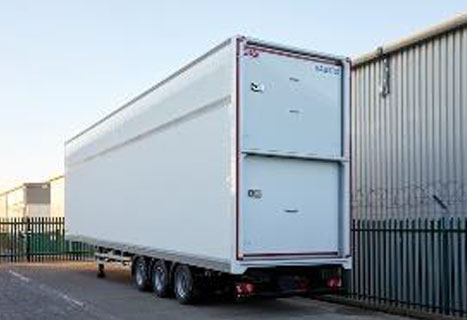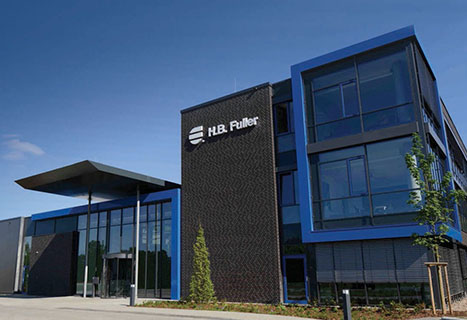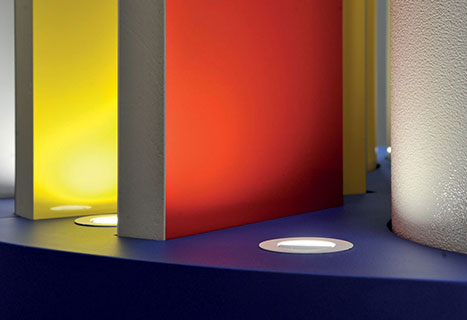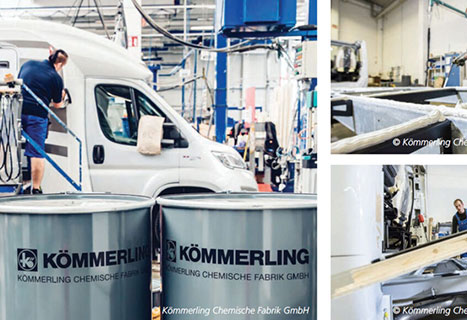JACKON Insulation
A Low Global Warming Gas Blowing Agent to Improve Thermal Conductivity in XPS Production
Under F-GAS Regulations, manufacturers of XPS are required to adopt solutions with low Global Warming Potential (GWP) and zero effect on ozone depletion.
The challenge for manufacturers has been to source a blowing agent that meets these criteria while also maintaining thermal conductivity (i.e. Lambda). In the case of JACKON Insulation, this meant working with Honeywell to assess the performance of Solstice® GBA (HFO–1234ze) in comparison to CO2 and HFC-152a blowing agents.
Headline results
- Solstice® GBA enabled JACKON Insulation to produce XPS with Lambda values of 25-27 mW/(mK) – a first for the XPS boards and some 20%+ better than CO2
- The Lambda values achieved using Solstice GBA created potential for JACKON to enter the high insulation market
- Solstice GBA supports JACKON’s sustainability objectives through its GWP of less than 1
- Replacing all 134a globally with Solstice GBA is equivalent to eliminating 4.5 million cars from the world’s roads.
Background: Opening up market opportunities through technology
JACKON Insulation GmbH has been successfully manufacturing top quality insulation materials and construction boards in extruded polystyrene foam (XPS) for more than 25 years, and is seen as the innovative industry leader. JACKON now employs around 300 people across Europe. The company’s headquarters are in Mechau, SaxonyAnhalt, with subsidiaries in Steinhagen, North Rhine-Westphalia, and in Olen in Belgium. Besides the two locations in Germany, JACKON leads further subsidiaries in Belgium, France and in Switzerland. The company’s traditional focus has been on developing XPS boards using CO2 or HFC-152a as blowing agents, but neither gas stays in the foam – thereby negatively impacting on thermal properties. Hence the company’s search for a gas blowing agent (GBA) that would help improve on Lambda levels of 34-37 mW/mK using CO2 (JACKODUR KF) or HFC-152a (JACKODUR CFR). XPS roduced using HFC-134a exhibited better thermal conductivity (29-31 mW/mK) but at a high global warming potential (GWP) of 1,300*1.

Inverted roof insulation with JACKODUR Plus for University of Applied Sciences in Lemgo
Application: Proving the Performance of XPS using Solstice® GBA
Working with Honeywell, JACKON Insulation started to test the performance of Solstice GBA on its XPS production line. The company was particularly focused on using a low GWP blowing agent that would deliver insulation performance comparable to or even better than XPS produced with HFC 134a.
This would enable the company to target fabrication markets (storage containers, mobile homes, fabrication homes) and building insulation markets where lowest thermal conductivity is a requirement. The blowing agent would also need to demonstrate good solubility in polystyrene (PS) melt, perform under typical pressures and temperatures, remain in the PS foam to achieve a low lambda XPS foam and not make the XPS foam flammable.
| Physical properties | |||
|---|---|---|---|
| Molecular Weight | 114 | ||
| Boiling Point | -19ºC | ||
| Vapour Thermal Conductivity | 13.0 mW/mK | ||
| Global Warming Potential (GWP) | <1 | ||
| Non-Flammable | ASTM E-681 and EU A11 | ||
Sector Perspective: Supporting a Sustainable XPS Industry
Solstice Gas Blowing Agent (GBA) (HFO – 1234ze) offers the XPS industry improved energy performance and superior environmental properties.
Solstice GBA has no impact on the ozone layer, and possesses a low global warming potential (GWP) of less than 1, which has the effect of minimizing the climate change impact of the finished product. The HFO molecule retains all the positive attributes of HFCs: superior energy efficiency, good processability to improve foam performance; and non-flammability properties.
Today over 15,000 tonnes of HFC 134a is used globally in manufacture of XPS annually. Replacing all 134a globally with Solstice GBA is equivalent to eliminating 4.5 million cars from the world’s roads.
“The success of using Solstice GBA in the production of extruded polystyrene is enabling us to enter markets where high insulation performance is required, while simultaneously supporting our sustainability credentials as a manufacturer.”
Dr Anton Klotz
Managing Director,
JACKON Insulation GmbH
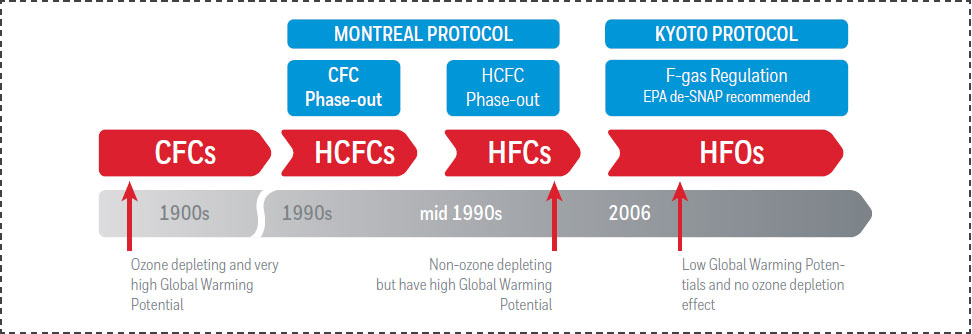
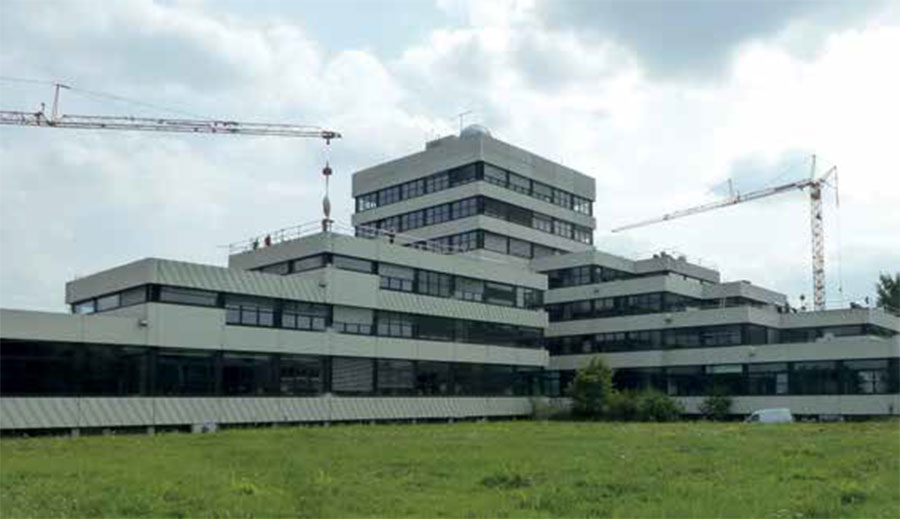
University of Applied Sciences in Lemgo
Outcome: Successful Application of JACKODUR Plus
Using Solstice GBA, JACKON was able to produce its range of JACKODUR Plus boards with Lambda 27 mW/mK for building insulation and 25 mW/mK for the fabrication market.
The company achieved improved thermal conductivity (even better than when using HFC-134a) using Solstice GBA with a GWP of less than 1 – an important factor given JACKON’s commitment to sustainability.
JACKON recently completed a project for the University of Applied Sciences in Lemgo
with 2,500 m2 XPS on a inverted roof using Jackodur Plus boards of 140mm thickness. The University of Applied Sciences in Lemgo chose to use Jackodur Plus boards due to its superior insulation and water resistance properties and low GWP.
JACKON is now optimising production of JACKODUR Plus and is focused on attaining application certification in different countries. In addition an EPD (environmental product declaration) of JACKODUR Plus is in preparation – this will ensure that the material is accredited within different sustainability building systems, such as LEED and DGNB.





